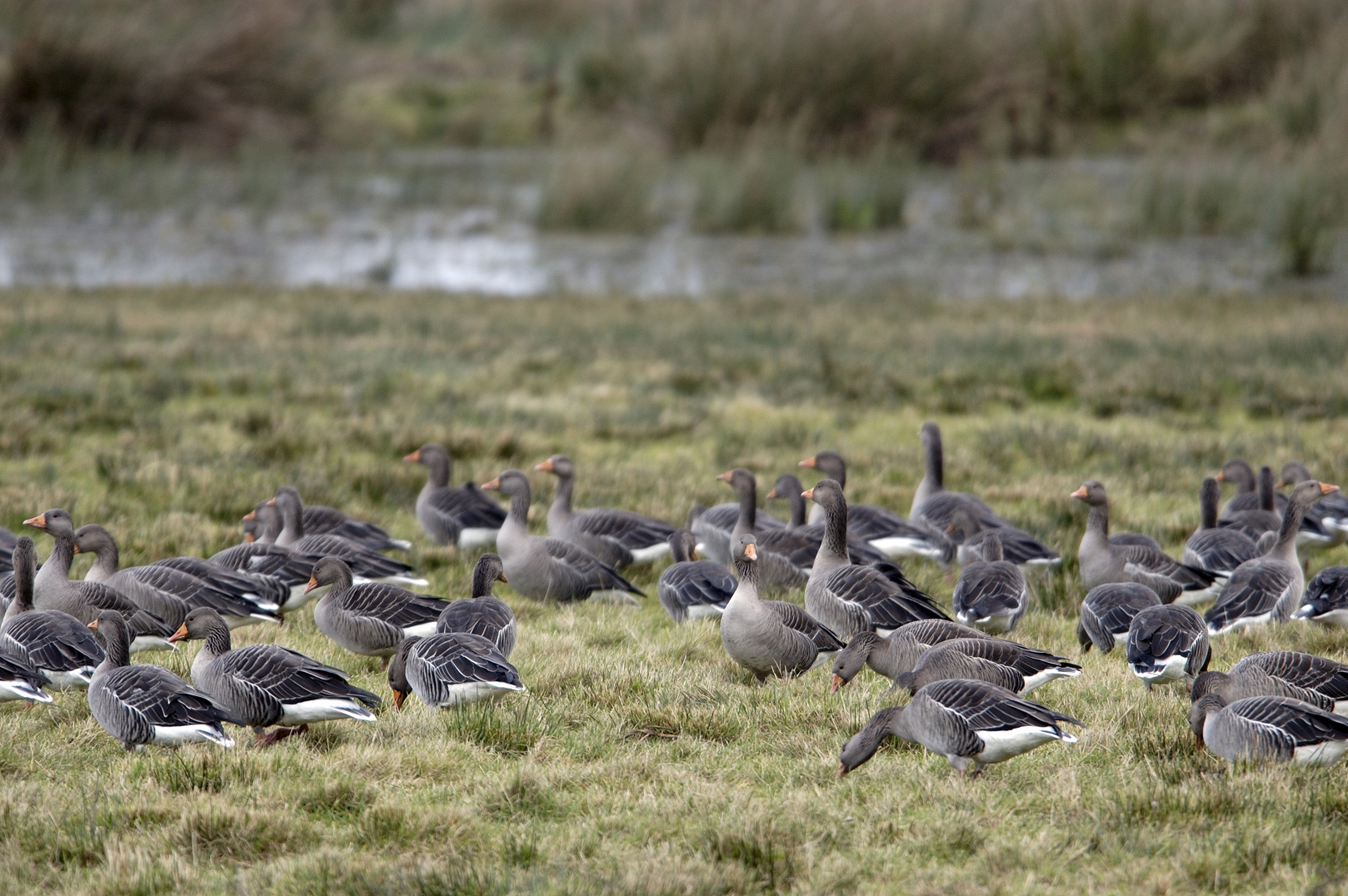Scots crofters and farmers have renewed calls for action to tackle a growing wild geese “epidemic” in the Highlands and Islands.
Both NFU Scotland and the Scottish Crofting Federation (SCF) have called on the Scottish Government to address the issue, warning farming businesses are at risk unless something is done.
“For years, payments to farmers and crofters affected by geese were seen as the best way to mitigate the impacts. Over time, geese numbers and the damage they cause have grown significantly,” said NFU Scotland’s deputy director of policy Andrew Bauer.
“Due to the recession, the Scottish Government has reduced geese damage payments to farmers and crofters. These twin pressures have brought the situation to a head, and made most parties understand that we cannot continue on the current track. Money alone will not solve this problem.”
South Uist crofter, and SCF director Roddy MacDonald said the budget cuts had contributed to a tenfold increase in greylag geese numbers in the Uists over the past ten years.
“Crofters are despairing as they see the geese destroy their crops and their grazing,” said Mr MacDonald.
He accused the government of moving money away from a worsening problem – funding has ended for the Machair Life goose management scheme in the islands – and called for more support in helping crofters sell wild goose meat.
“Wild goose meat can be sold now but the licencing is very restrictive and, despite the demand, we are not allowed to sell meat off the islands,” added Mr MacDonald.
“This is a great resource and a sustainable means of controlling the geese – a natural, community-led method. We just need a bit more financial support from the government and to open up the market for goose meat sales.”
At present, around £10,000 a year is spent on geese management in the Uists via Scottish Natural Heritage’s Adaptive Management programme, while around £1million a year is spent to protect Greenland Barnacle geese on Islay.
The SCF has called for goose management funding in Uist to increase to £80,000 a year to enable the Machair Life project to start again.
NFU Scotland also called for an extension to the geese meat scheme, which would allow crofters to sell meat on the mainland.
Mr Bauer said: “The current Orkney and Uist pilots on the sale of geese carcasses have been successful in reducing waste and bringing much needed income to shooters and others in the supply chain.
“If we are to see quarry geese populations brought down to sustainable levels, then there will need to be a significant increase in the numbers shot over the coming years. To help make this happen it is important that current pilots are altered to allow sale of the carcasses into mainland markets.”
Environment minister Paul Wheelhouse last night said: “The Scottish Government and our agencies take goose management extremely seriously, which is why – contrary to claims – we are protecting funding worth more than £1.2million a year to support farmers and crofters in managing geese.”
He said the government was working closely with industry representatives, through the National Goose Management Review Group, to develop effective ways to tackle the issue.
He added: “Scottish Natural Heritage is currently trialling adaptive management schemes which are aimed at reducing goose numbers on the islands, rather than using non-lethal scaring which can often just move the problem from one area to another.”
He said in the Uists, the goose management element of the Machair Life project was set to continue.
